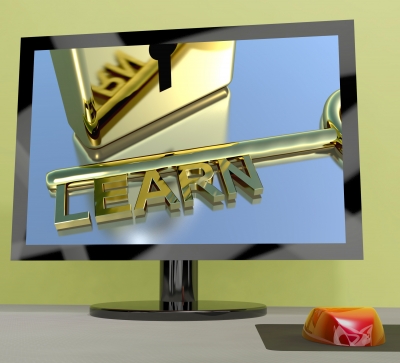Step 3: Repair your course's structure
 A good place to start making your course more intuitive is by organizing it logically and coming up with a simple page by page content outline.
A good place to start making your course more intuitive is by organizing it logically and coming up with a simple page by page content outline.
Storyboarding is a great way to achieve this. Storyboarding is the process of visual thinking and planning what your course will look like before you start designing the course in your LMS. Placing your ideas on storyboards and then arranging the storyboards on the wall or using storyboarding software will be beneficial in seeing your course and maybe rearranging it before you start putting it together in your LMS. This helps to find loopholes or fine-tune your course. The main goal of using a storyboard is to give a blue print for the course with every detail.
Keep in mind the following elements when structuring your course effectively:
1. Navigation must be intuitive and simple to use. It must be clear to the learner what topics are featured and navigation to those topics must be seamless.
2. Add a simple menu or table of contents so learners can quickly find the relevant information and navigate efficiently to different modules and screens within the course.
3. Group content into logical modules (avoid creating modules that exceed 8-10 pages).
4. Provide "breadcrumbs." This is a technique that allows users to easily find their way back to the main menu after they have been navigating through your course. It's essential that users are able to find their way throughout the navigation of the course.
5. All topics and content items that are featured within a course must be readily apparent. Make your headlines and titles stand out--they introduce the screen and let the learners know what they are about to look at.
Image courtesy of Stuart Miles at FreeDigitalPhotos.net